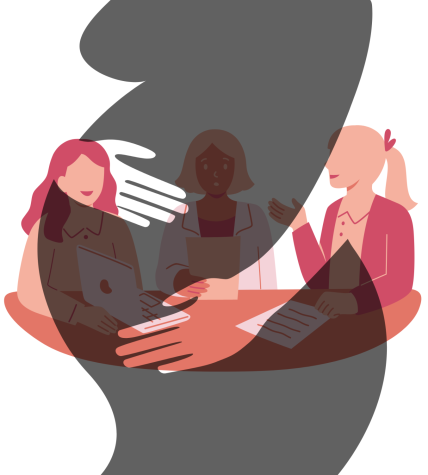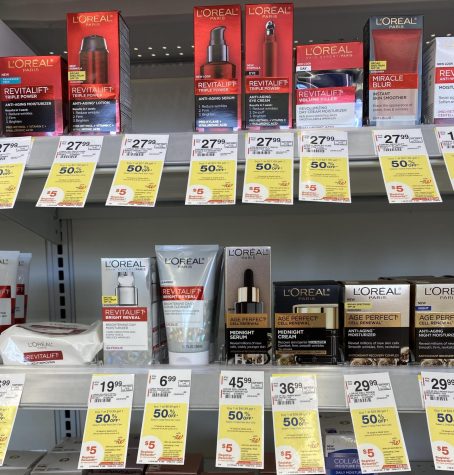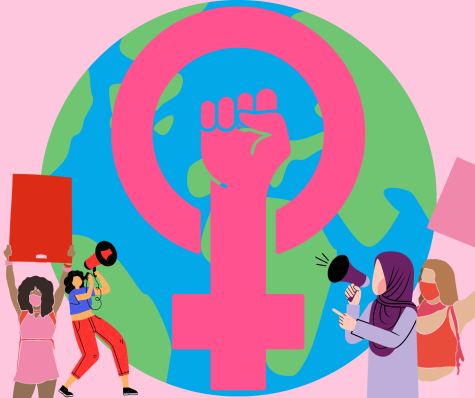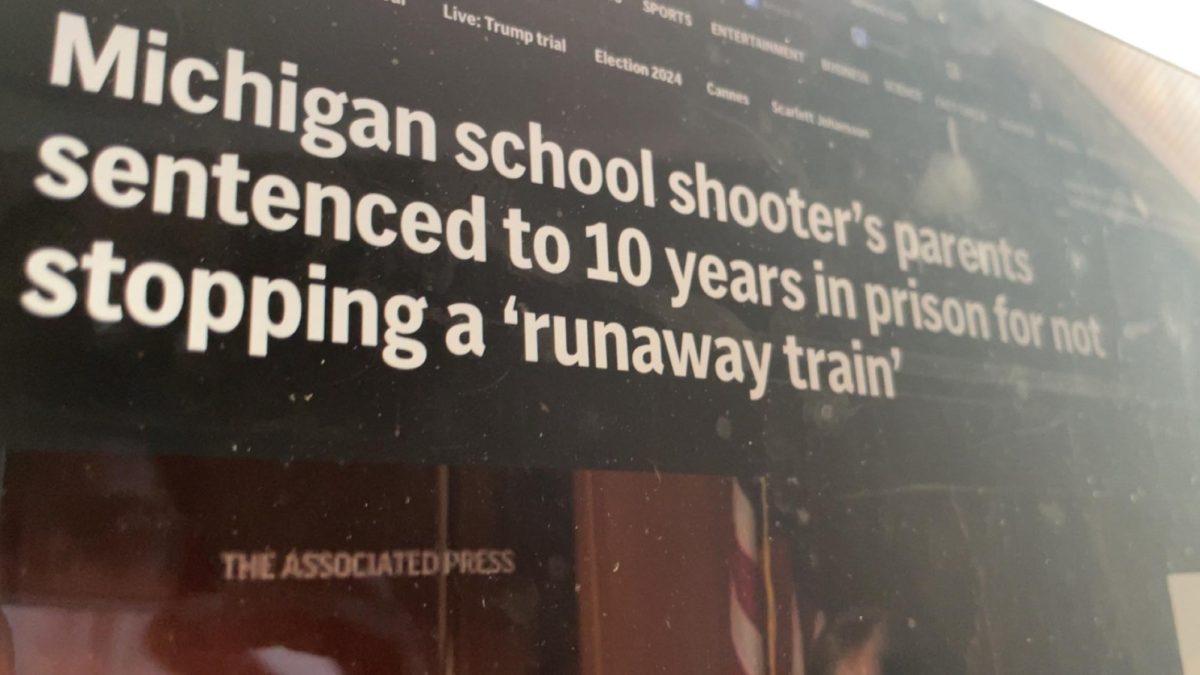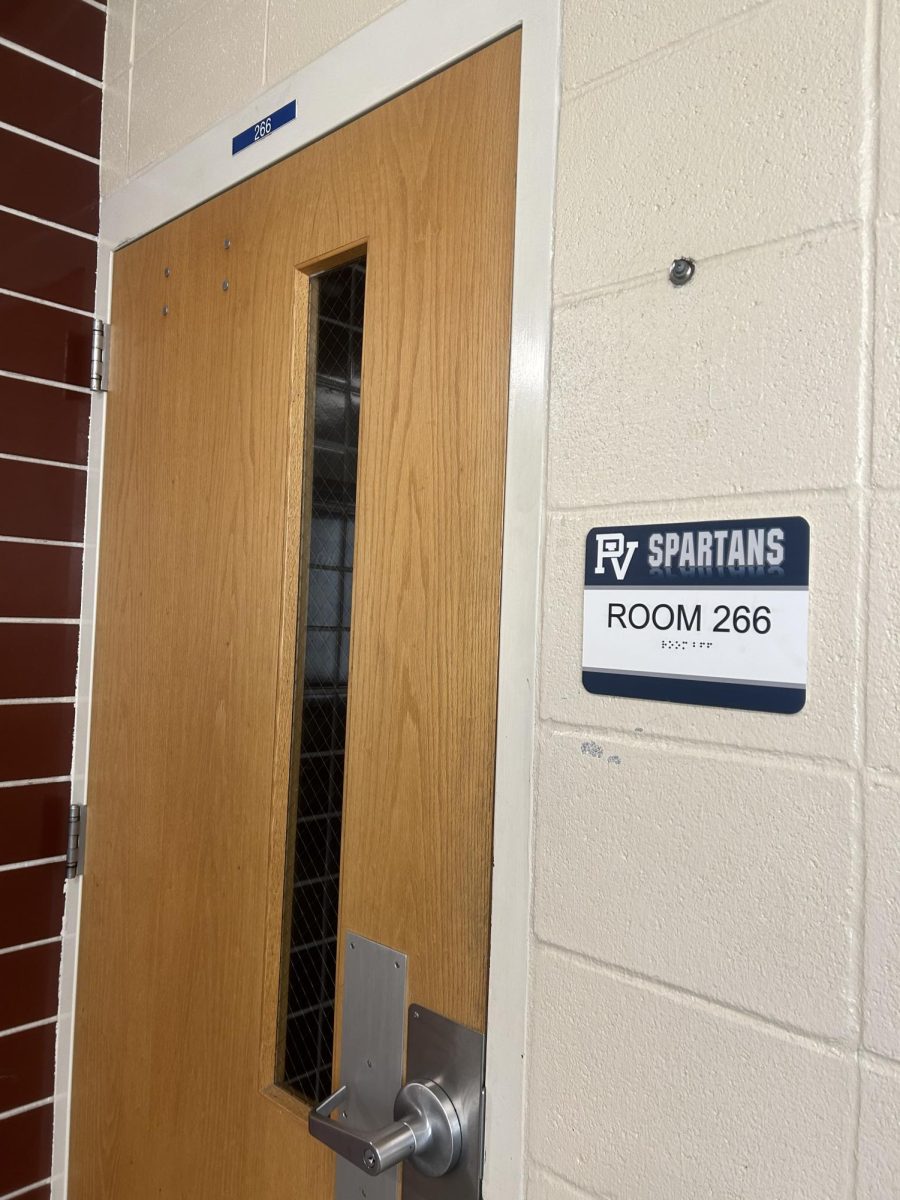Glass ceilings in business and politics
Despite the fact that women make up more than half the workforce, their climb to be equally represented in leadership has long been a difficult feat. Although women are increasingly forging their way into the professional and political world, society’s orthodox attitudes remain stagnant, and the lingering gender biases in these settings are not always so subtle.
In the workplace, women still earn less, are promoted less frequently and are absent from top leadership positions. These inequities trace back to society’s long-held views on the role of women in society. Majority of caregiving responsibilities fall upon women, who are expected to scale back their hours, take unpaid leave and pass up opportunities for personal growth.
While it is true that women disproportionately face career interruptions due to motherhood and family responsibilities, the most prominent reason women cited for not being in positions of leadership was the double standard that inhibits women from climbing the ladder to the highest levels of politics and business.
A study conducted by MIT Sloan School of Management found that female employees were 14% less likely to be promoted than their male colleagues, despite having received higher performance ratings than male employees. The culprit: female employees received 8.3% lower ratings for potential, a poorly defined evaluation that happens to be the strongest indicator of promotions.
However, even when women do work their way up to leadership positions, they do not earn the same respect as their male counterparts.
Senior Olivia Rogers is a student leader, serving as the Co-Editor-in-Chief of the yearbook publication. “I have come across many problems and different situations that have questioned my role as well as how well I am doing at performing the role. As an editor in school I find it difficult for people to actually take me seriously,” Rogers said.
Not only has Rogers faced challenges among her peers, but also in the workplace. “I have struggled with this issue at my job at a coffee shop as well as the editor position. People think they are able to say whatever to me as well as almost and as if i’m a pushover. When I do implement rules they look at me like I’m crazy,” she continued.
The unfortunate reality is that there exists a correlation between how women present themselves and the level of respect that they receive. Female executives are forced to navigate tensions between appearing “warm” and “nice” while simultaneously asserting capability and toughness.
This leaves women in leadership positions constantly caught at a crossroads, finding the balance between advocating for themselves and serving others, demanding high performance from others and being caring, and asserting one’s competence without appearing arrogant.
On top of external barriers, women must tackle their societally conditioned insecurities. Women are all too familiar being the “only” in the room — the only woman, the only ethnicity, the only gender identity. When these “onlys” are compounded, women who already stand out in positions of power are even more heavily scrutinized.
The nation saw this double bind in action during the 2020 presidential election, when Vice President Kamala Harris faced a barrage of condescending comments regarding her becoming the first woman and first woman of color to take the role.
A woman’s journey in politics has never been smooth-sailing. In the 2016 presidential election, the only female candidate seeking office Hillary Clinton faced a storm of sexualized jokes and comments and the most negative media coverage in history, a practice so common that it was marked “inevitable” by the major news outlet NPR.
Women only make up 28% of the 118th US Congress, a figure far from representative of the full percentage of the full population. The most prominent example of the absence of women in the highest level of politics is that 100% of presidents have been men, with all but one being relatively homogenous.
Although these figures prove to be indicative of a larger problem at work, there is still hope for the future.
The US Congress is composed of the highest percentage of women in history and a 59% increase from the composition of the 112th Congress just one decade ago. Disrupting the status quo of the typical white, male leader, there was a 7% increase in the number of female CEOs between 2021 and 2022, with women holding the top positions in more than 10% of Fortune 500 companies.
Rogers is hopeful for the future of women in leadership. “As time has progressed I’ve seen women coming into leadership roles and inspiring many young women. I do think there are many more issues that need to be addressed, especially with people underestimating what women are capable of doing and creating assumptions about how women aren’t able to handle certain tasks,” she added.
Despite the undeniable fact that women are faced with harsher scrutiny in professional settings, the increase in women securing CEO positions and leadership positions in politics indicates that there is headway being made.
Sports to student leadership: Social attitudes towards high school girls
While the underrepresentation and lack of respect for women in workforce leadership positions is apparent and harmful, it is not a problem that originates in adulthood; rather, it starts in the classroom.
Beyond the surface-level problems that women leaders face in school, including unconscious bias, difficult expectations and gender-based harassment, what is most discouraging is that, though many schools value student development into leadership as a core mission, they do not support female leaders.
Leadership initiatives provided by schools broaden leadership thinking, strengthen self-efficacy and enhance students’ knowledge about themselves, serving as an unparalleled opportunity to educate the next generation of leaders. Yet women are oftentimes left out of these initiatives and, as a result, lose valuable leadership and life lessons.
However, it seems that society is slow to recognize the inequalities of school leadership, citing Title IX as evidence of equal treatment and opportunities.
Signed by former President Richard Nixon, Title IX prohibits sex discrimination in any education program receiving federal money. The legislation most notably affected sports, as schools saw a wave of female athletes after the passage of Title IX.
Despite the prohibiting of sex discrimination, Title IX has not changed the social culture and attitude towards women in athletics and leadership positions. Women have smaller sports crowds and receive 40% or less of school athletics funding.
The lack of support for female athletes paints schools as solely focused on male athletics and is an issue that senior Khushi Mehta has noticed. “The double standard for girls and boys athletics really shows in how much support they get, no matter what sport. There is always a bigger crowd for boys sports,” she said. “Also, just recently, with state basketball, the girls were ranked number one, but the support that they got was nothing compared to the boy’s team.”
“Another double standard I’ve seen is with leadership positions. When a man is assertive, he might be called a good leader and be rewarded,” Mehta continued. “When a woman acts the same way, she might be called harsh or bossy.”
As Mehta noted, this is an issue beyond athletics.
One of the most prominent and influential leadership positions that a student can hold is President of a Student Council. Presidents must interact with the entire school, represent the needs of their peers and work with teachers and administrators.
PV high school’s student council—Spartan Assembly—does not have one president, but traditionally splits the role between five leading executive members. Junior Brie Howell was an executive member this year and will hold this position next year.
The qualities that student bodies look for in a student council president are confidence, humility, resilience, time management and communication skills. However, there are many harmful stereotypes about teenage girls that oppose the qualities of a strong leader: basic, dramatic, emotional and sensitive.
Despite these negative stereotypes, Junior Brie Howell, an executive member of Spartan Assembly, finds that being a woman helps her be a better leader. “Something that helps my leadership and experience is the fact that I am a woman; I understand what it’s like to come from a place where it’s scary to speak up,” she said. “As a female leader, I feel as though it’s my job to be someone who supports others and connects with them.”
It is necessary that schools and student bodies not only support female students to hold leadership positions, but work to change the social culture surrounding women in high school athletics and leadership positions. By empowering women to seek authority positions outside of school environments, it will change society’s perception of the capabilities and qualities of female leaders.






